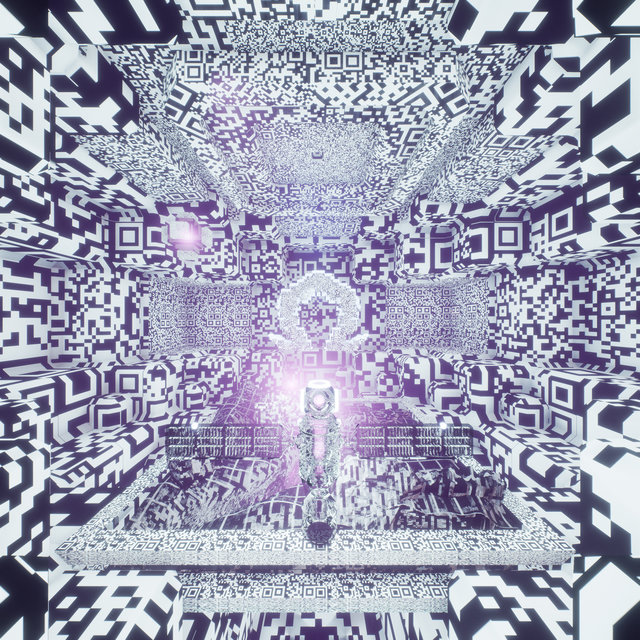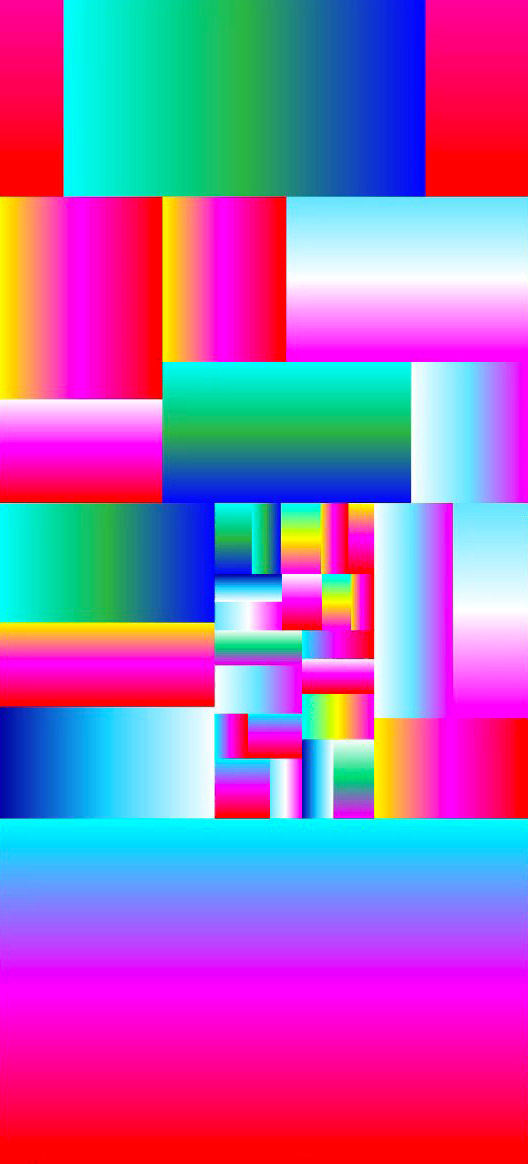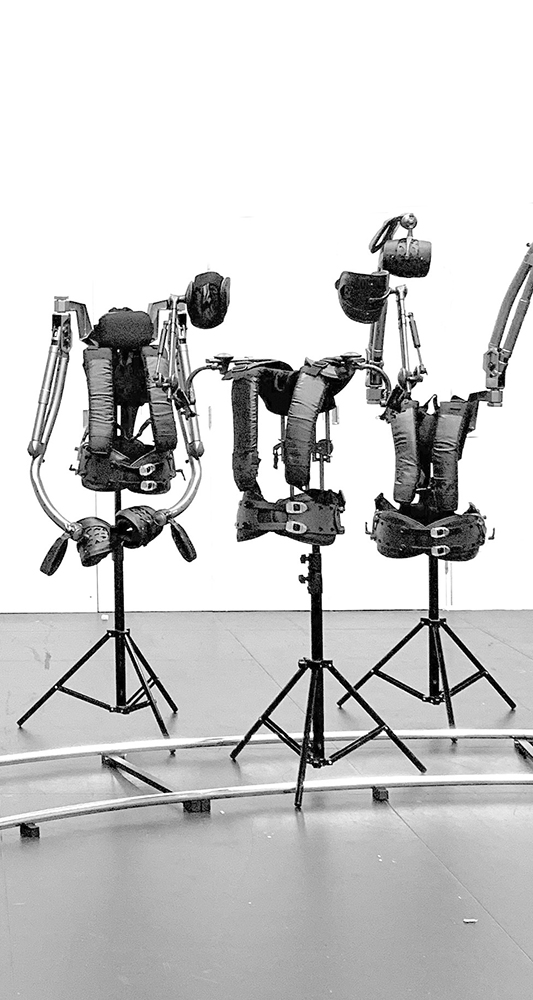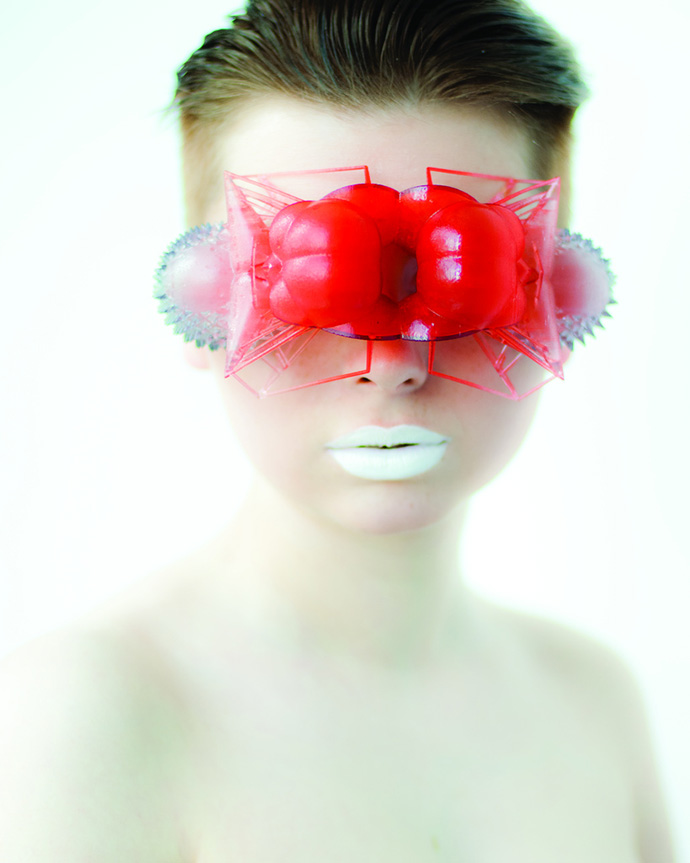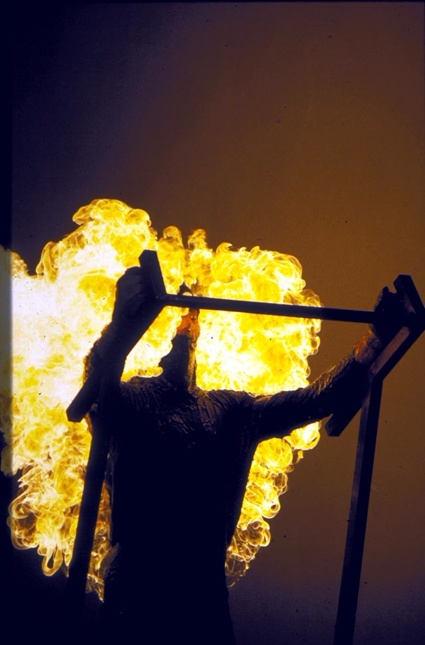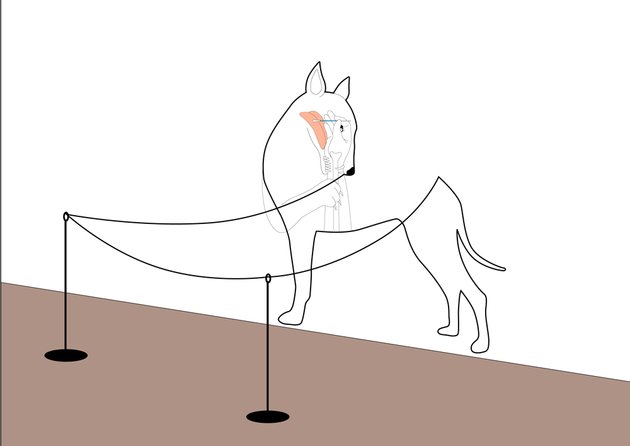
QUBIT AI: Leilanni Todd
Floating
FILE 2024 | Aesthetic Synthetics
International Electronic Language Festival
Leilanni Todd – Floating – United States
Floating explores the concept of surrendering and freeing oneself by allowing oneself to float, symbolizing overcoming adversity and mastering self-confidence. Inspired by her grandmother’s journey to overcome her fear of water through swimming, the work uses water and sea creatures as symbols of resilience and transformation. The personal narrative behind the work adds depth to its exploration of overcoming fears and discovering inner strength.
Bio
Leilanni Todd is an award-winning creative director with extensive experience in advertising, fashion and new media. Originally from Toronto and now based in New York, she harmoniously integrates art, technology and culture into her work. Through her FLOAM WORLD platform, Leilanni creates surreal narratives, reimagines traditional norms in fashion and advertising, and addresses complex human issues with humor and creativity.

